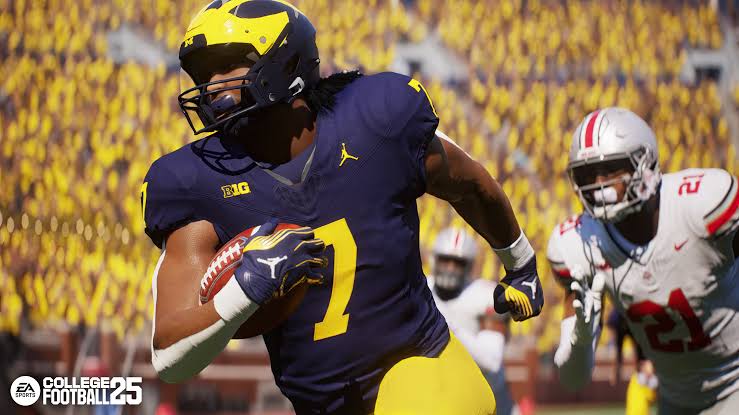Amber Searls-Imagn Images
Notre Dame Football has always attracted a large following, but this season, more than ever, fans were rooting for the Fighting Irish. The main reason was the widespread animosity towards SEC Football.
Since the 2003 season, SEC Football has produced 15 National Championships, while the rest of college football has produced eight. The SEC’s dominance earned respect, but it also bred resentment.
Current reactions to the SEC’s performance in post-season play suggest a new level of parity in college football. NIL is being hailed as the great equalizer.
While the post-season is still ongoing, the early results suggest that a few top programs may have matched the SEC’s talent. Ohio State and Notre Dame, in particular, appear to have better talent than most SEC teams this year. The Buckeyes are often cited as having the most impressive talent, backed by money.
John Talty of CBS reports that Ohio State and two other programs, Oregon and Texas, have the largest NIL budgets. According to an NIL agent, Oregon’s mega-donor, Phil Knight, is financing their program with the goal of securing a national title. Knight is reportedly very aggressive with money. While it’s unclear how much he’s willing to spend, so far, there’s nothing stopping him from doubling or tripling the $20M Ohio State is said to have allocated for its 2024 roster. A one-game sample of Ohio State dominating Oregon doesn’t provide enough evidence to draw definitive conclusions. It may simply highlight the complexity of whether money alone can secure championships.
What about the Alabama Crimson Tide and other SEC programs?
Among the 16 SEC teams, there are few that are financially struggling, and Alabama is not one of them. So far, Kalen DeBoer has managed to keep Ryan Williams despite rumors of large transfer offers. Alabama also managed to secure its top quarterback prospect, Keelon Russell, without exceeding its payroll budget.
With no official transparency on college football payrolls, estimates are speculative at best. When Ohio State’s Athletic Director stated that the school spent over $20M on the 2024 roster, could the real number be even higher? Educated guesses suggest that Texas is likely spending more than $20M, with LSU, Texas A&M, Georgia, and Ole Miss not far behind. Alabama, though believed to be spending less than these programs, is still in the mix.
While it’s still too early for firm conclusions, some minority views hold weight. First, money didn’t seem to secure a championship for Oregon, so if Ohio State does win it all, it’s premature to claim that future titles will be bought.
Second, the SEC’s post-season struggles don’t prove that the rest of college football has surpassed the SEC. If the gap between the SEC and other teams has truly closed, it should be reflected in rankings from reputable computer models. According to the latest ESPN FPI and Jeff Sagarin rankings, the SEC still dominates.
The FPI has 10 SEC teams in its top 20, with Texas ranked No. 2 and Alabama at No. 4. Ole Miss is No. 5, and Georgia is No. 6, meaning four of the top six teams are from the SEC. Jeff Sagarin’s rankings also feature nine SEC teams in the top 20, with five in the top 10.
Currently, the SEC holds an 8-6 post-season record, with Texas still playing. While Tennessee, Alabama, and Georgia’s losses were disappointing, it’s too small a sample to label them as a trend.

Leave a Reply